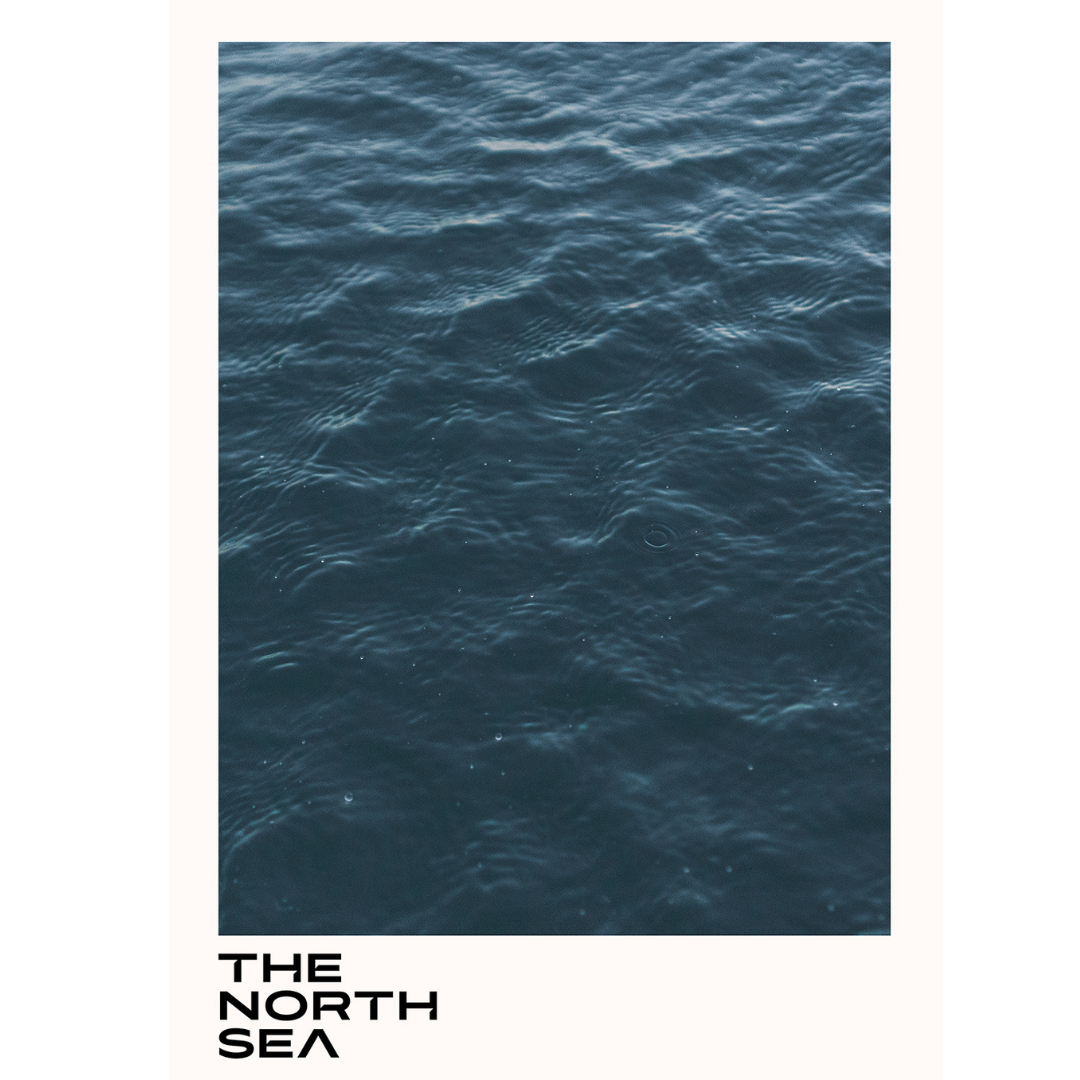Simple print setup for a home studio
Some time ago, I posted about how important (and fun) it is to print photos for personal (and not only personal) use. I promised to return to the topic and write about my printing setup.
There are two options: you can outsource printing, or you can have fun printing yourself. Both options have their pros and cons, and I think I've experienced them all over the past year or two. Each makes sense, but it depends on your needs and budget.
Printing at a (local) Print Shop
When I unexpectedly started receiving my first orders for prints, I had to come up with a solution quickly.
I decided to use a local print shop because it seemed like the most logical option. Unfortunately, I soon regretted this choice. The prints were relatively inexpensive and I could pick them up in person. However, the overall offering left much to be desired. The print shop didn’t have paper that met my standards, and there were instances where I had to return orders because the prints got damaged either during or after production.
After a few disappointing experiences, I decided to try a larger chain and went with Cewe. I have to say that the price-to-quality ratio was okay, and the turnaround time was good. The prints were also well-packaged to prevent damage.
The only downside was that Cewe operates like a print factory - there’s no quality fine art paper available, nor does it give the impression that the prints have any artistic value.
In my opinion, this service is great for printing vacation photos but not for fine art photography intended for clients.
As print orders kept coming in, my frustration grew. That’s when I decided to buy a printer.
Printing in My Home Studio
Before buying a printer, I had to consider which formats I would be printing most often. At that time, I wasn’t thinking about printing for myself - only for my clients. The most commonly requested sizes were A4 and A3, so I decided that a printer capable of handling up to A3 would be sufficient.
After some research and reading countless reviews, I chose the Canon Prograf 300 (Pro-300).
I was quite surprised when I picked it up from the store—it’s pretty large and quite heavy! Setting it up and connecting it to my Mac (wirelessly) was a bit of a headache, but I eventually got it working. Initially, I used Canon’s default software, but after the last macOS update, it stopped being compatible.
The best alternative turned out to be printing directly from Lightroom, which, over time, I found to be a much more convenient way.
Choosing the Paper
I wanted to ensure that the prints for my clients were of the highest quality. Once again, advice from fellow photographers and sales experts came in handy.
I decided on Ilford Gold Fibre Rag, an acid-free paper. It’s quite thick, heavy (270gsm) has a semi-gloss coating, and features a beautiful soft texture similar to baryta paper. Paired with Canon’s print quality, it makes a great impression - colors are stunning, the paper has a slight sheen but doesn’t reflect light, making it perfect for framing.
However, there’s one drawback: before printing, it’s essential to blow off any dust particles. If not, the print head will print over the dust, and once it falls off, you’ll be left with blank spots on the image. I ruined a few prints this way.
For personal use (mini prints), I use Ilford Smooth Pearl 10x15cm, which is more than enough for archiving my work. It’s a professional, instant dry photographic paper with a pearl texture HDR (high dynamic range) coating.
The Cost of Home Printing
Printing at home isn’t exactly cheap. Purchasing the printer itself is doable, especially considering it’s a long-term investment (currently around €700–750). However, native ink cartridges are expensive - about €160 for a full set of 10. The cost of paper depends on its quality and format, and while Ilford is excellent, there are certainly cheaper alternatives.
Would I Buy This Printer Again?
Yes. I hesitated for a long time before buying it, and even after the purchase, I wondered whether it would pay off. I’m still not sure if it has fully amortized - I don’t track that really.
What I do know is that it has saved me a lot of headaches when it comes to quality control and turnaround time for orders.
Another crucial aspect of owning it is the ability to print for my personal needs whenever I want. If I had to rely on a print shop, most of my personal prints would never see the daylight.
I have no doubt that it has helped me improve my photography and taught me to see my work in a different way. More about that here.
Houdoe! See you in the next one.
If you find my blog interesting and helpful in any way, you can support me by checking out my work:





















